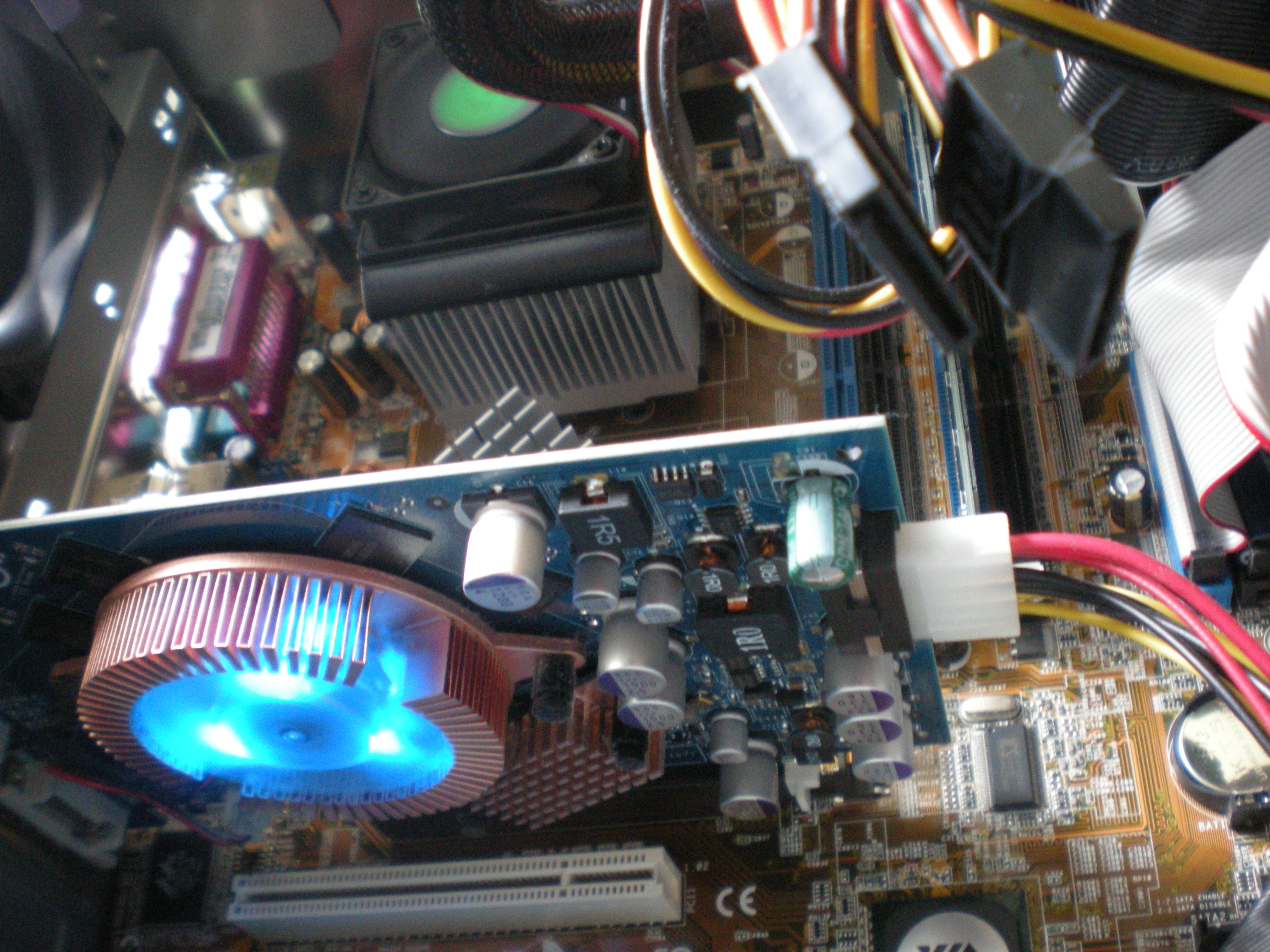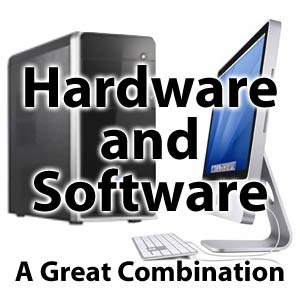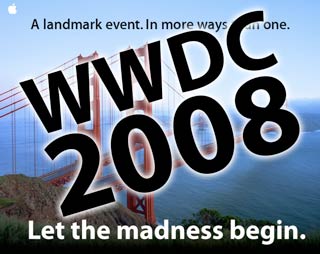Windows to Mac: Prologue
22 04 2008To understand my switch to the Mac requires a little background.
I’ve been a dedicated Windows user since the DOS age. Onto Windows 95, to 98, to XP, I’ve never truly experienced another operating system. But over the years I’ve grown very tiresome of fixing the problems on Windows. Everyday seems like a new issue appears just to piss me off. Well I’m finally sick of it.

Needs more LEDs!
So what finally sent me over the edge was this year when I was (once again) trying to fix a memory issue my computer has been experiencing since its last reincarnation. My current rig actually started from the bones of a ’95. I inherited the computer from my brother at 11 years old in the winter of 2001-2002, as my brother got a overpriced Alienware (which he had to send back about 6 times over the course of its first year). Upon receiving the aged machine, I decided that I would build a custom computer with the help of my neighbor. New case, new motherboard, 1.4 gHz AMD Athlon processor, and a salvaged graphics card. It started out rocky, I had a 6 gb harddrive, half of which was reserved to run windows, the other half I had to conserve and manage. This was soon met with my graphics card already being outdated, as well as the release of XP and other problems.
2002 – new graphics card; new harddrive; XP
2004 – fried my motherboard (dust); new board, new graphics card, new cpu;
2005 – fried my motherboard (electrical short); new harddrive
2006 – new graphics card
Currently, I’m running a GeForce 6600, 2.8 AMD Athlon XP, a gig of ram.
This computer has run into numerous issues, I can’t even recall all the software problems I ran into that either caused me to need a hardware upgrade, or a reinstall of windows. And this latest iteration has a major ram problem which, after trying many different paths, seems to be a motherboard issue. It is not due to incompatibility, it’s due to the motherboard being lower quality than what I expected.
So after 7 years of reboots and reconfiguration, I think it is time to retire my machine, and aim for something that I don’t think I’ll have to spend the next couple years fighting to get into working shape. In (hopefully) less than two month’s I’ll be ordering a brand new, shiny MacBook Pro! I will detail my switch over the coming weeks in more detail and certainly keep you all posted about my new MacBook Pro.
Categories : Apple, Hardware, Microsoft, Rant, Software







 RSS 2.0
RSS 2.0